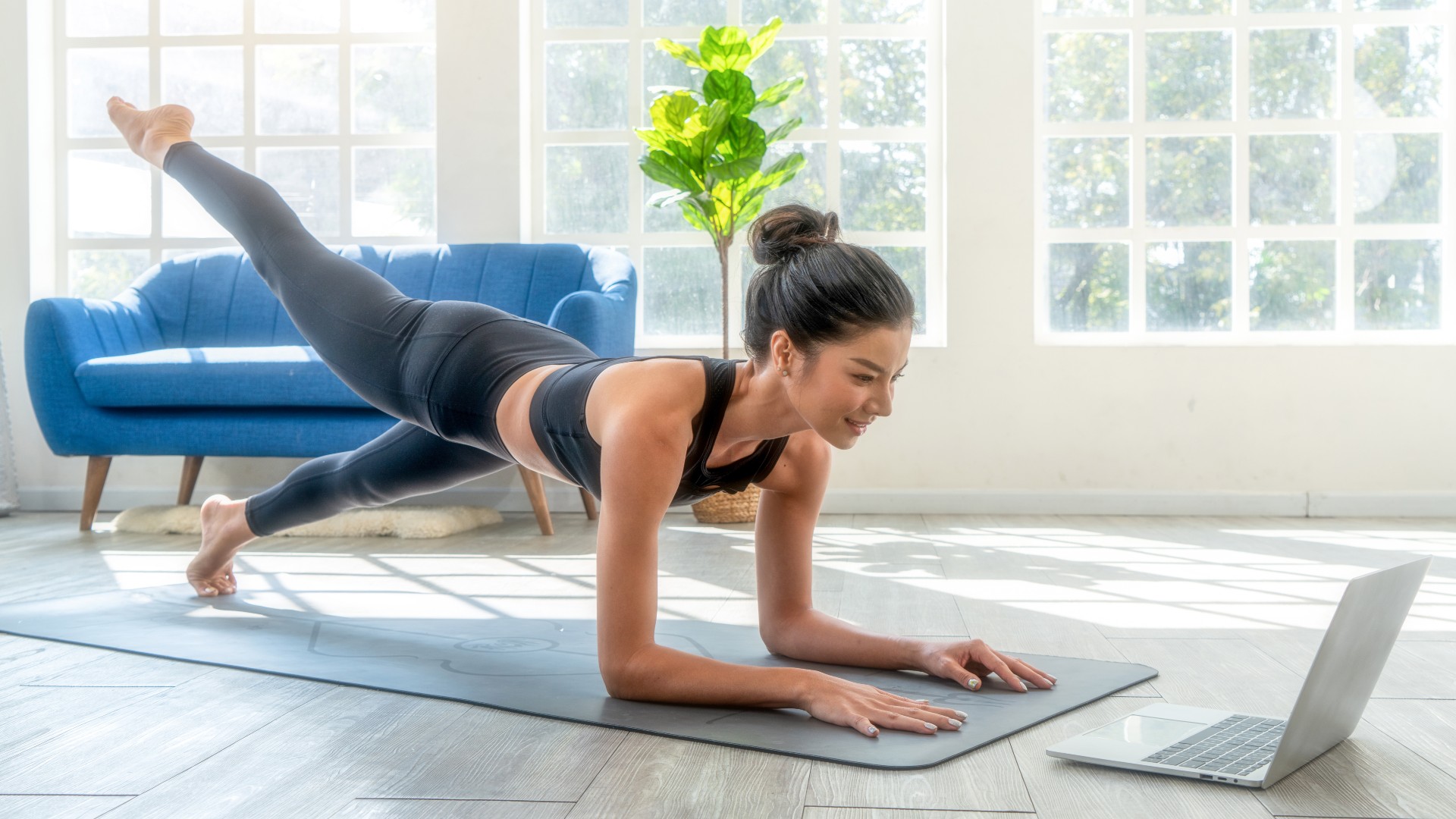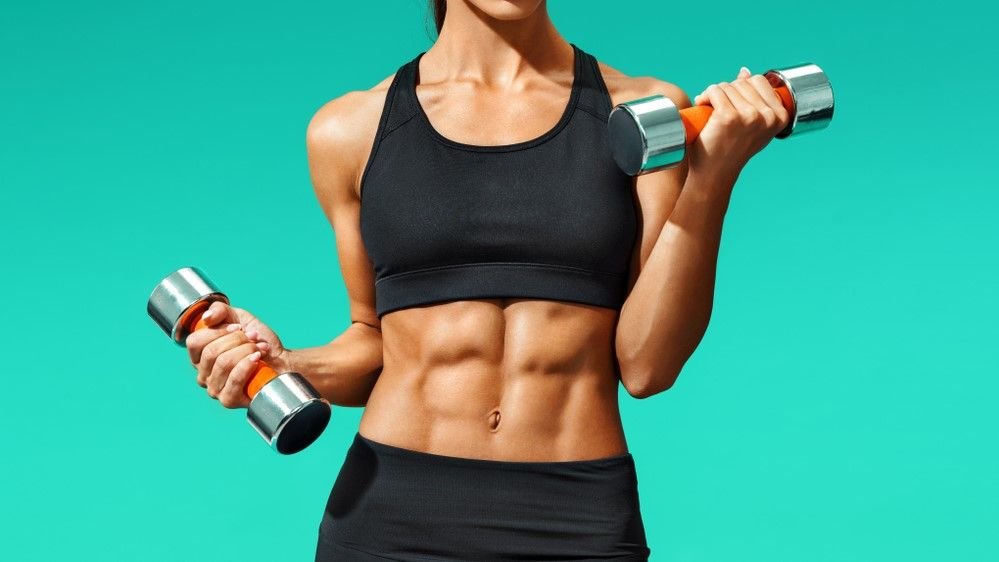Whether you live in a second-floor apartment or want to keep your workout low-intensity, this no-jump HIIT Pilates workout will strengthen your core and arm muscles and only take 10 minutes to complete.
For this workout, you’ll need nothing more than some light dumbbells and an exercise mat – adjustable dumbbells are highly recommended, as you may want to vary the weight during the exercise.
Led by Alo Moves trainer Bianca Wise, the Pilates routine will have you working up a bigger sweat than a regular class, balancing high-intensity training with the core principles of Pilates: strengthening, lengthening and improving posture, core control and stability.

Pilates workouts don’t typically stimulate the parts of my body that crave intense sweating (but that’s not what Pilates is about), so this upper body routine did wonders for my arms and abs. Here’s how to do a Pilates HIIT workout yourself, what its benefits are, and my review.
What is the No Jump HIIT Pilates Routine by Alo Moves?
The Alo Moves series combines the intensity of boxing with a fast-paced Pilates practice. It gets your heart rate up and engages your core and arm muscles without the explosive movements of jumps and burpees. It’s perfect for anyone looking for a high-intensity workout without putting too much strain on their joints.
Described as “moderate” difficulty and level 3 intensity, it will get you sweating, test your endurance and engage you in “faster paced movements and exercises.” It takes 10 minutes and focuses on your arms and core.
There’s a mix of elements here, including some boxing elements, some light-footed punches, and the more typical high-repetition pulsating movements you’d see in a Pilates session. Core exercises include classics like woodchoppers and side bends, combined with a stringent set of movements.
My verdict on the no-jump HIIT Pilates routine
It only takes 10 minutes to work your core and arm muscles, with no breaks, so you can quickly alternate between exercises.
While I’m used to using heavier weights in strength training, this training emphasizes light weights and high repetitions, which is a key principle of endurance training, one of the five components of physical fitness. Using this method, I can work my shoulders, triceps, biceps, chest, and various core muscles.
When strengthening your core, it’s important to work in three planes of motion – transverse (rotation), sagittal (front-to-back movement), and frontal (side-to-side movement) – to create a functional, balanced, and coordinated body.
That means adding in as many lateral, frontal, and rotational movements as possible to hit as many muscle groups as possible. In this routine, the lateral and rotational movements work your obliques, while the anterior, posterior, and static movements work your transverse and rectus abdominis (the deep and superficial core muscles, respectively).
Less known are the muscle groups that make up the core muscle network, including the glutes, erector spinae (muscles that wrap around the spine), and hip flexors. These muscles work throughout your entire body to stabilize you, lift your legs, rotate your hips, and support your spine and torso.
Although this workout burns muscle in the abs, shoulders and arms, it still activates your entire upper body, so I find it to be a pretty effective 10-minute workout.
You can access classes with a free 30-day trial.

